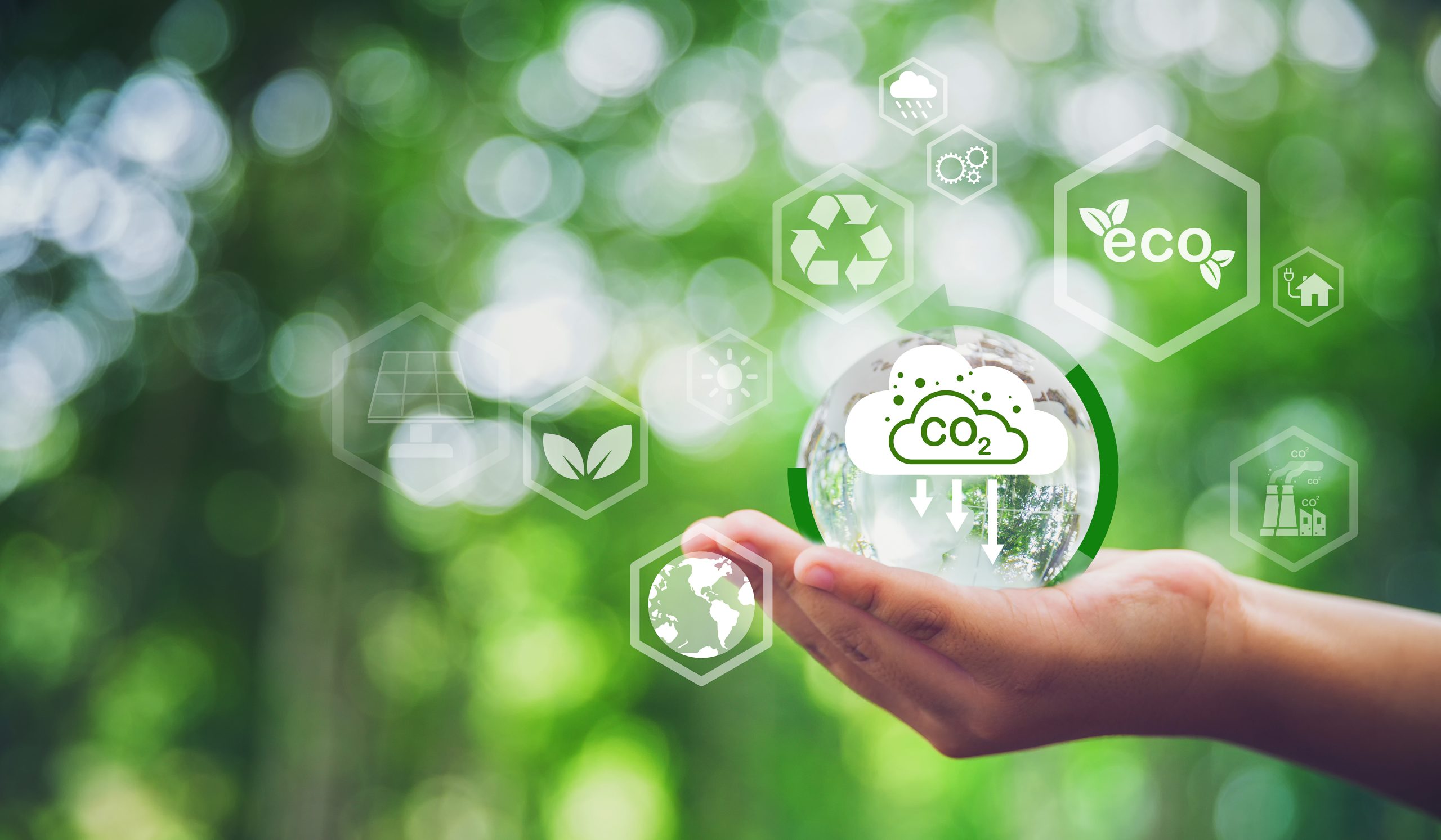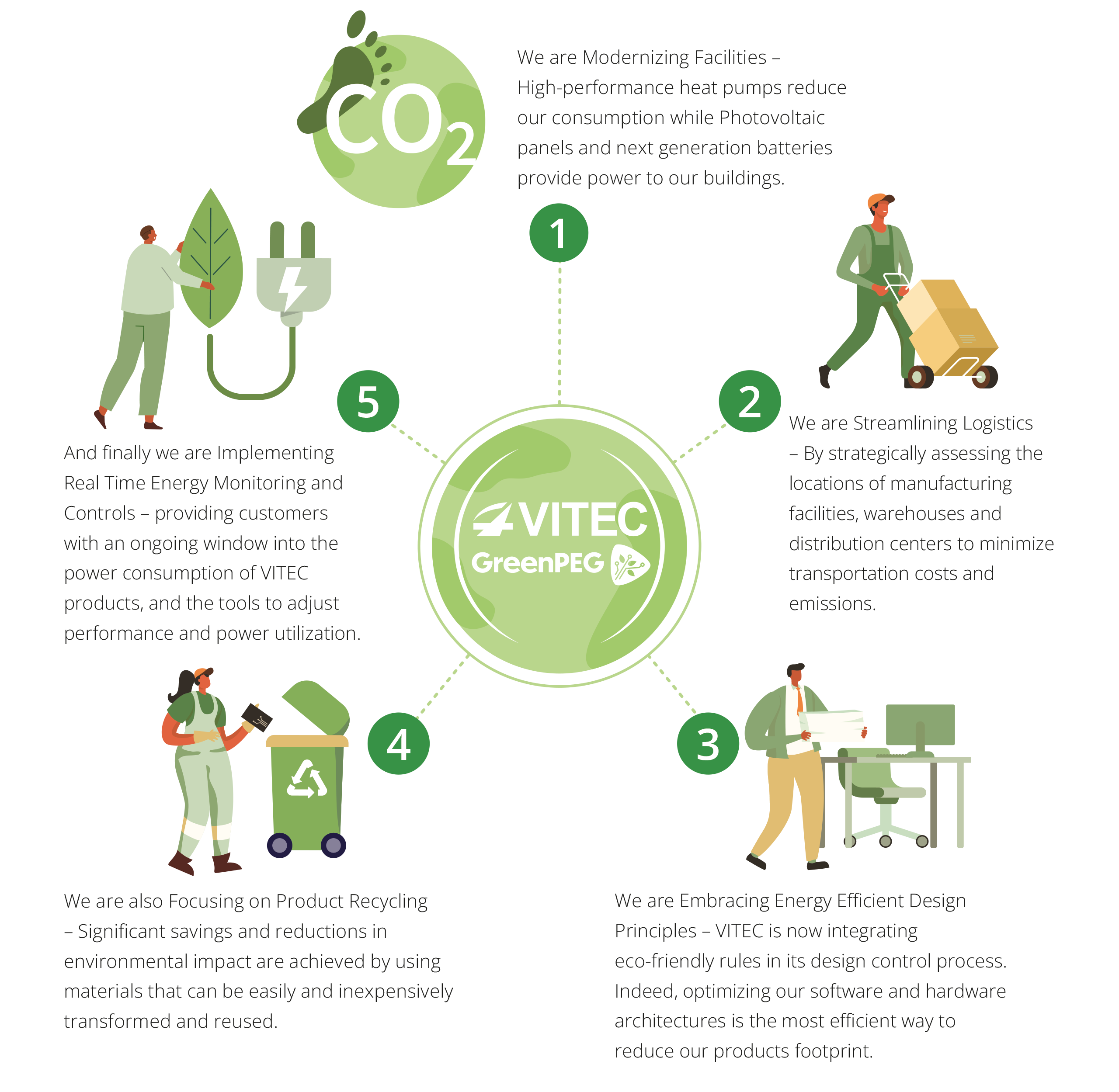
Q What impact is digital video having on metrics that affect sustainability and carbon emissions?
Philippe Wetzel: As you may know, the internet contributes more than 3.7% of global greenhouse gas emissions. Within that, video represents over 80% of the traffic that flows through this global network… and is growing rapidly at about 25% per year. A similar dynamic is taking place over enterprise networks, especially in the wake of the COVID-19 pandemic. A tremendous amount of video traffic is being managed by IT departments. This is why tracking the impact of digital video consumption across the business ecosystem is becoming increasingly important. Meanwhile, the number of screens consumers use — at home and work — is also multiplying at an astonishing rate. With all these devices, there is an increase in video and encoders to handle the exploding demand for video content, driven by the growth of video-heavy social applications — TikTok and WhatsApp, to name but a few. These factors drive high demand for encoders and decoders. It is in this context that it is important to focus on the details of video technology.
Encoders, for instance, consume significantly more energy than decoders – sometimes as much as 5 to 10 times as much energy, in comparison. In the past, there was an asynchronous relationship between these two categories of technology. Most video content was created — and encoded — by a much smaller percentage of the population compared to those who consumed – and therefore decoded video. Today, the gap between these two groups has narrowed significantly.
User-generated video content for professional and personal purposes has skyrocketed. As a result, we not only have more traffic flowing through public and private networks, but we also have much more original content generation taking place. This is significantly elevating the carbon footprint of the video sector. As a result, industry executives are re-evaluating how to balance sustainability with the ever-growing corporate and consumer demand for video content. This is why we — together as a video streaming community — must take responsible steps to initiate an effort to reduce the carbon footprint on the entire value chain of this industry.
Watch the full interview here as a YouTube video.
Q Does sustainability make business sense for business video application ecosystem organizations?
Wetzel: Carbon footprint assessment must encompass all direct and indirect emissions within the value chain. This should include everything from the extraction of raw materials, design, manufacturing, transportation, and even the final recycling of the devices. All key players will need to actively participate in reducing energy consumption across their stage of the ecosystem. Optimizing the energy consumption of each key player — and their products — can positively impact the planet. It can also be a good business practice, if done correctly, because it reduces costs for the key players in the long run. This makes it a win-win for everyone involved. In today’s market — across a growing number of geographic regions — environmentally optimized products and services are also more competitive. They reduce the raw material needed for production and consume less electricity upon deployment.

Q What steps is VITEC taking to meet its commitments to sustainability?
Wetzel: VITEC has taken a leadership position in introducing a well-developed methodology, which we call GreenPEG, to move forward in a sustainable, measurable, and accountable manner. To that end, we are implementing a comprehensive strategy made up of five specific Initiatives.
- Modern Facilities. In 2021 VITEC invested in photovoltaic panels and batteries to generate electricity for our manufacturing needs in three separate facilities: 1 in Germany and 2 in the US (California and Georgia). In 2022, we built a facility in France that is up to the latest standards in energy efficiency. In 2023, we are upgrading our facilities in Scotland to include high-performance heat pumps.
- Streamlining Logistics. In 2022, VITEC moved its U.S. logistics center from the West Coast to the East Coast to consolidate and reduce the surface area of our supply chain. This means fewer trucks have to travel fewer miles to meet our logistical needs. By the end of 2023, we will achieve a similar outcome in Europe by moving to a single logistics center.
- Embracing energy-efficient design principles. VITEC has integrated eco-friendly requirements into our design control process and architecture. This has already had a major impact on our hardware and software designs.
a. Software, for instance, is responsible for power management. By dynamically switching off — or into sleep mode — all hardware functions when not in use we can significantly reduce the impact on the overall energy consumption of our products once they have been deployed into the market.A great example is the VITEC SmartLink function for ChannelLink IP Gateways. This feature can monitor video streams and detect if one is no longer being used. When this happens, the IP stream will automatically stop transmitting to save power. This is only one example of how VITEC is embracing energy-efficient design principles. It illustrates how intelligent, sustainable software design directly impacts power consumption.
b. On the hardware front, VITEC selects the least-consuming components and designs for optimal power. This leads to more compact products, fewer raw materials, and less weight, reducing our production and transportation costs.
4. Product recycling. Whenever possible, VITEC uses raw materials with the best carbon footprints to ensure that the packaging and components on our products are easily recyclable.
5. Implementing real-time energy monitoring and controls. VITEC will begin integrating real-time energy monitoring and reporting on our future products. This will allow our customers to assess their products’ overall power consumption and therefore be able to select the best mode for any specific application.
These steps have contributed significantly to VITEC’s ability to minimize its carbon footprint. The rest have been offset by financing United Nations-approved projects.
More, however, needs to be done. It is not enough for a single company to engage in sustainability initiatives. An industry-wide effort is required. That is why VITEC is enlisting our key stakeholders, partner organizations, and even our competitors to join us in creating sustainability initiatives across the entire ecosystem. Our next step is to help guide the next video compression standard to ensure it is more eco-friendly and fast-enabled. To do so, we are assembling a consortium of industrial and academic partners. We want to extend an open invitation to any other organization willing to join us.

Q How optimistic are you that the industry will join you?
Wetzel: That’s one of our main challenges. But having said that, we are confident our consortium will bring other key European players in the video industry out to support us at the International Standards Organization.



